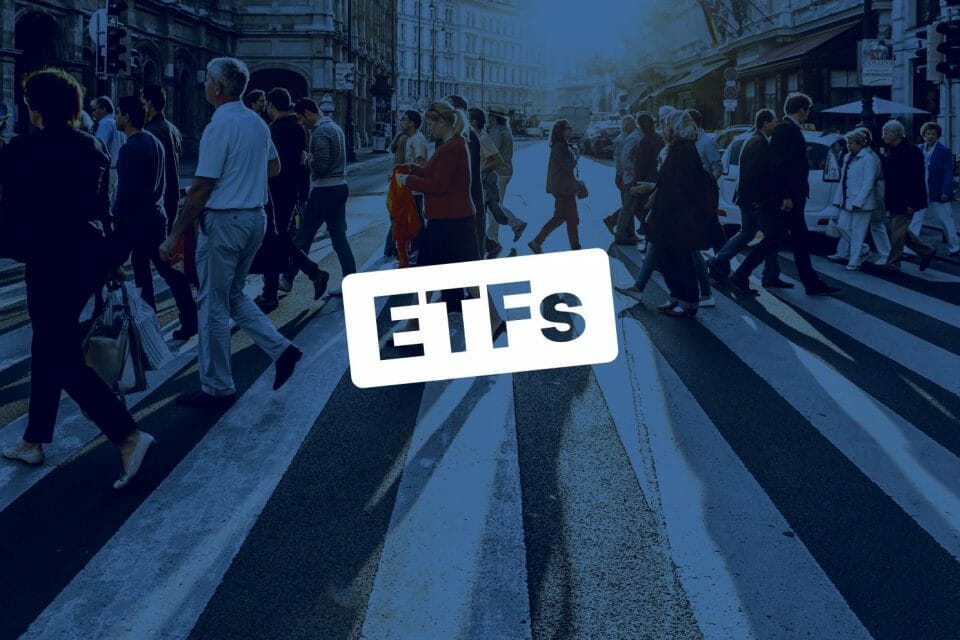ETFs for everyone: Most Popular ETFs for Your Portfolio

Who are ETFs for?
Are you a passive investor who doesn’t have time to study individual stocks, but wants to invest in the markets? Then, buy some ETFs.
If you don’t know them, ETFs are exchange-traded funds, which you can buy and sell like a stock, but which collect several stocks often strung together according to country (i.e. XIU-T for Canada) or sector (e.g. IGV-N for tech).
Why buy ETFs?
However, the biggest attraction of ETFs are their minscule fees, with MERs as low as 0.08% compared to the over 2% average for a Canadian mutual fund, not to mention fees you pay to an advisor. The savings between ETFs and these fees can be enormous by the time you retire.
This article whittles down the vast galaxy of ETFs into some common investor themes, from dividend-payers to ESG.
Canadian and US Utilities ETF

BMO Covered Call Utilities ETF (ZWU-T)

BMO Equal Weight Utilities Index ETF (ZUT-T)
ZWU is a long-time favourite of ETF specialist, Larry Berman, for holding Canadian and American utilities and telcos, which pay heavy dividends and rise when interest rates go down, like now. Fortis, Emera and AT&T are ZWU‘s top holdings. ZWU pays a 6.29% dividend, but charges an MER of 0.71%, which is relatively high.
Berman would buy it below $13, because it’s fully valued now around $13.90. John DeGoey adds that the covered call overlay pays investors a little if ZWU‘s price doesn’t budge. Also, utilities are more stable than many other sectors and ZWU is nicely diversified.
However, Mike Philbrick points out that its non-covered call cousin, ZUT-T, is performing better, with ZUT rising 16.6% in the past 12 months vs. 8.6% for ZWU. ZUT pays a lower dividend, though, of 4.25%. That’s still respectable (matching the Canadian banks) and it charges a slightly lower MER of 0.60%. Hydro One, Brookfield Renewable and Algonquin Power are among its holdings.
That said, Berman and John Hood prefer ZWU for its American and sector diversification. It’s a toss-up between ZWU and ZUT, but you’re in good hands owning either.
Information Technology ETF

Vanguard Information Technology ETF (VGT-N)
The hottest American sector has no shortage of ETFs for investors who don’t know or can’t afford to choose between Amazon, Google, Apple, Netflix and (increasingly) Microsoft. VGT includes Apple and Microsoft, plus credit card giants Visa and Mastercard in its top four holdings. The first two names alone account for 30% of this ETF. The yield isn’t bad for the tech sector: 1.18%, but the MER charges only 10 basis points (0.10%).
Daniel Straus loves VGT for these reasons, but Stan Wong cautions that we’re late in the cycle, so holding safer defensive names is better than tech.
Year-to-date, VGT has outperformed the NASDAQ 37% to 26%. A general caveat: if markets tumble, tech will fall hard. Just look at August or last December.
Emerging Market ETF


BMO India Equity Index ETF (ZID-T)
Diversify. Break out of the Canadian ghetto and avoid home country bias. Canada accounts for only 3% of the world’s stocks, and ours are largely in energy and financials.
Even look beyond America and consider the rest of the world. Because it’s a big world, it’s hard to choose which Asian, Latin American or even European equities to buy. That’s where an ETF works.
If you want to dig further into country-specific ETFs, you might want to have a look at our country-specific ETFs post.
Cameron Hurst recommends VWO for its exposure to China (he doesn’t foresee a recession there) and its 2.71% yield. Also, VWO’s MER is merely 0.12%. Its top two holdings are Tencent and Alibaba. As of this writing, the market is optimistic about the US-China trade war, but if Trump tweets or either side imposes fresh tariffs, then expect anything China to decline.
If you see potential in India, with a growing economy and a middle class larger than the population of the United States, then consider ZID-T. Richard Croft suggests a 5% weighting in India through this ETF, but he does warn that India needs to build further infrastructure. Tyler Mordy projects India’s economic contribution to the world will rise from 9% to 12% in five years (while America’s will decline).
However, ZID pays only a 0.76% dividend and charges just as much, a 0.69% MER. Not cheap. Though it hit a high of almost $30 in early June, ZID has fallen back sharply to around $25.60, basically where it started the year.
ZID is a play on a huge, growing economy, but you need a long-term view and strong stomach.
Fossil Fuel Free ETF

Change Finance U.S. Large Cap Fossil Fuel Free ETF (CHGX-N)
With ESG investing on the rise, driven by socially conscious millennials, there has been a rise of recent ETFs. Tim Nash, who specializes in green and ESG stocks, recommends CHGX as a responsible, yet profitable way to invest in the U.S. CHGX holds only socially responsible stocks with no oil.
Western Digital, TransUnion and Starbucks are its biggest holdings. CHGX pays a 1.00% yield and charges 0.49%. Year-to-date, it has outperformed the S&P at 27% vs. 23%. Caveat: it’s a new ETF with low daily volume of only 3,600 shares.





